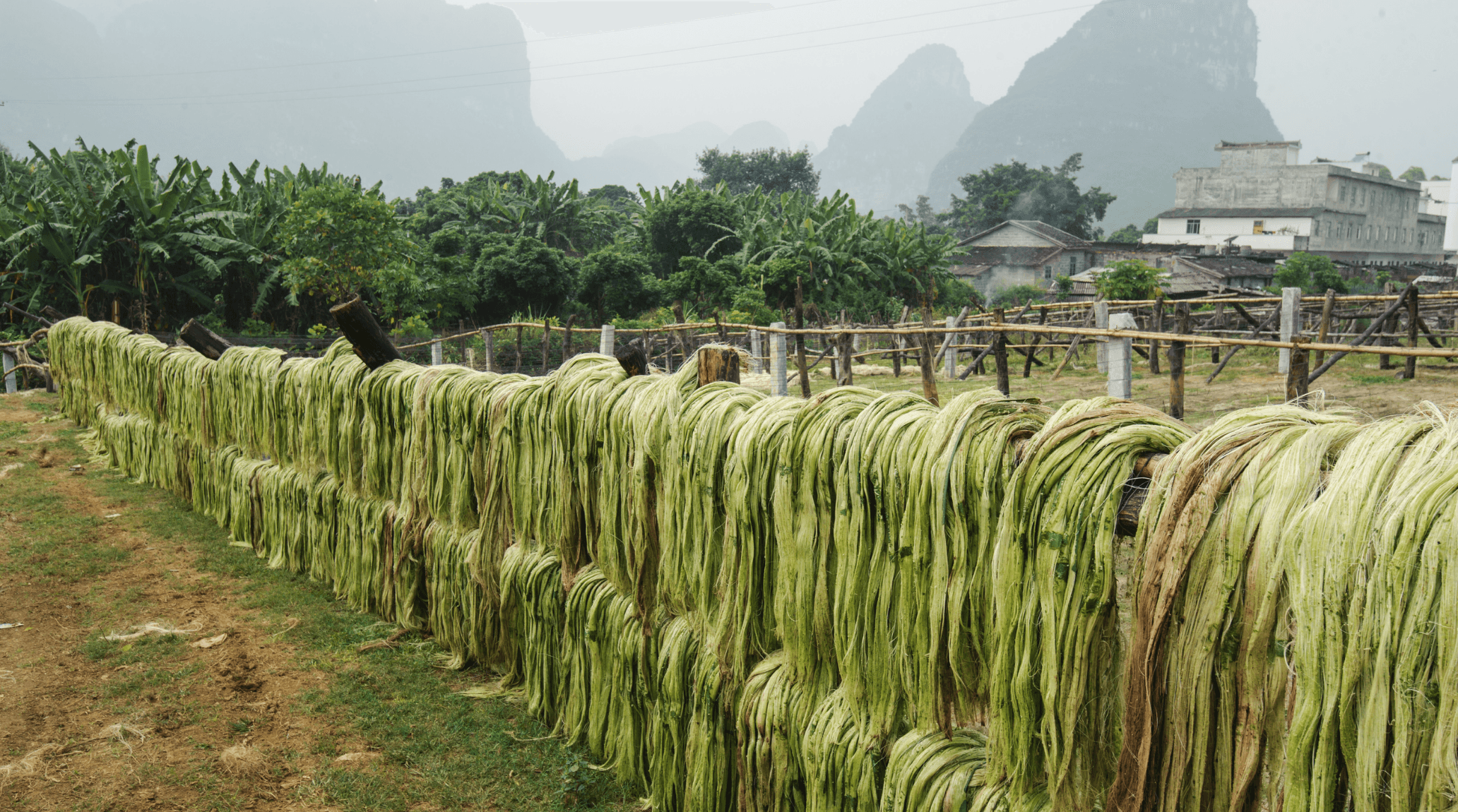
“
Plant fibers have been integral to human civilization for millennia, serving as the cornerstone of textiles and various industrial applications. From the soft comfort of cotton to the durable strength of hemp and the eco-friendly versatility of bamboo, plant fibers offer a fascinating glimpse into nature's engineering prowess. This blog delves into 20 amazing facts about these fibers, exploring their unique properties, historical significance, and modern-day applications. Join us through natural textiles, where sustainability meets innovation in every fiber.1
1
”
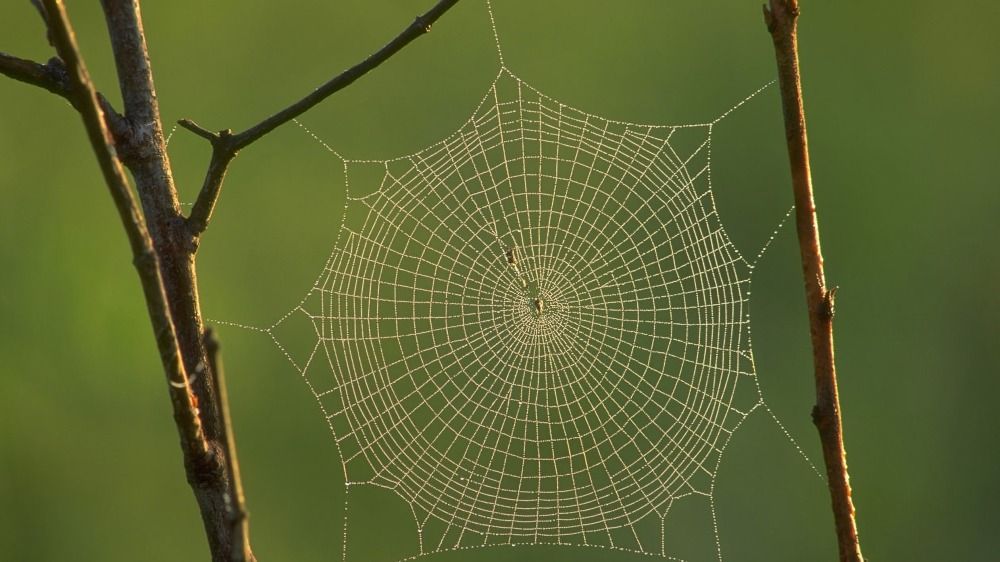
Spider silk holds the title of the strongest natural fiber known. Its dragline silk is five times stronger than steel and three times tougher than Kevlar. Remarkably elastic, the silk spun by ogre-faced spiders can stretch up to six times its original length.
Cotton fibers are composed of almost pure cellulose, prized for their breathability, softness, and versatility in textile production. 1
Linen fibers, derived from the flax plant, are known for their strength, smooth texture, and moisture absorption. Over 85% of the world’s natural flax fiber production originates in Europe, with countries like France, Belgium and the Netherlands. 2
Bamboo fibers are antibacterial, hypoallergenic, and breathable, ideal for eco-friendly, soft, and luxurious textiles. Bamboo’s natural properties offer a comfortable and sustainable option for clothing and bedding. 3
Jute fibers, the longest fiber, are derived from the jute plant's stem, are strong and coarse, and are used for burlap sacks and eco-friendly packaging. Their durability makes jute a practical choice for rugged and sustainable applications. 4
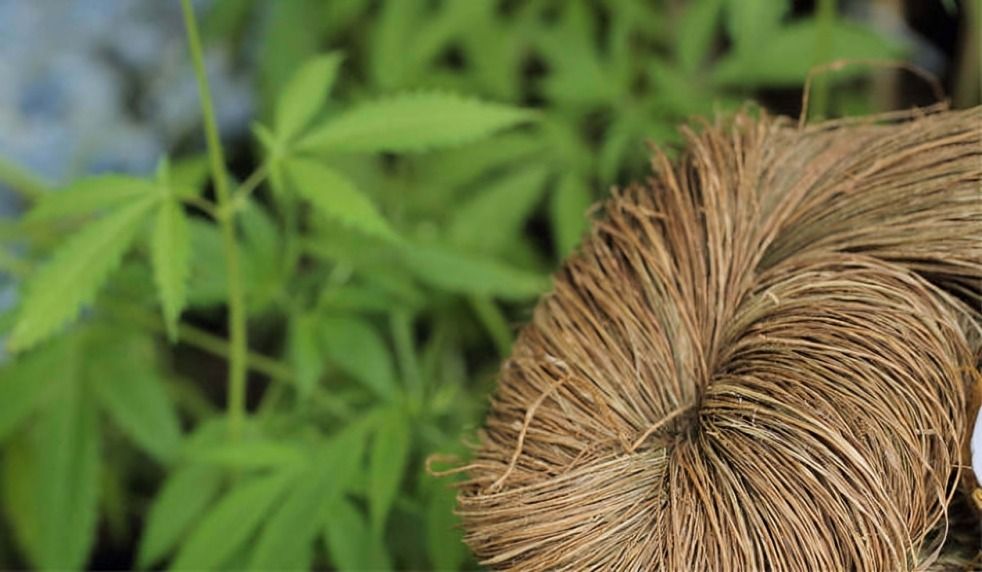
Hemp fibers from the cannabis plant are incredibly strong and durable, used historically for ropes, textiles, and bio-composites. Their resilience and sustainability make hemp a versatile material for numerous applications.
Coir fibers from coconut husks are sturdy, water-resistant, and used in mats, brushes and horticulture. Coir’s resilience and versatility make it suitable for various household and agricultural uses. 5
Ramie fibers, or Chinese grass, are silky and absorbent, often blended with other fibers to enhance textile texture and durability. Ramie’s qualities improve the comfort and longevity of fabrics. 6
Abaca fibers from the banana plant’s trunk are strong, flexible and saltwater-resistant used for ropes and specialty papers. Their strength and durability in harsh conditions make abaca fibers ideal for marine and paper applications. 7
Sisal fibers from the agave plant are tough and durable, perfect for ropes, carpets, and dartboards. Sisal’s resistance to saltwater and wear makes it suitable for heavy-duty and resilient products. 8
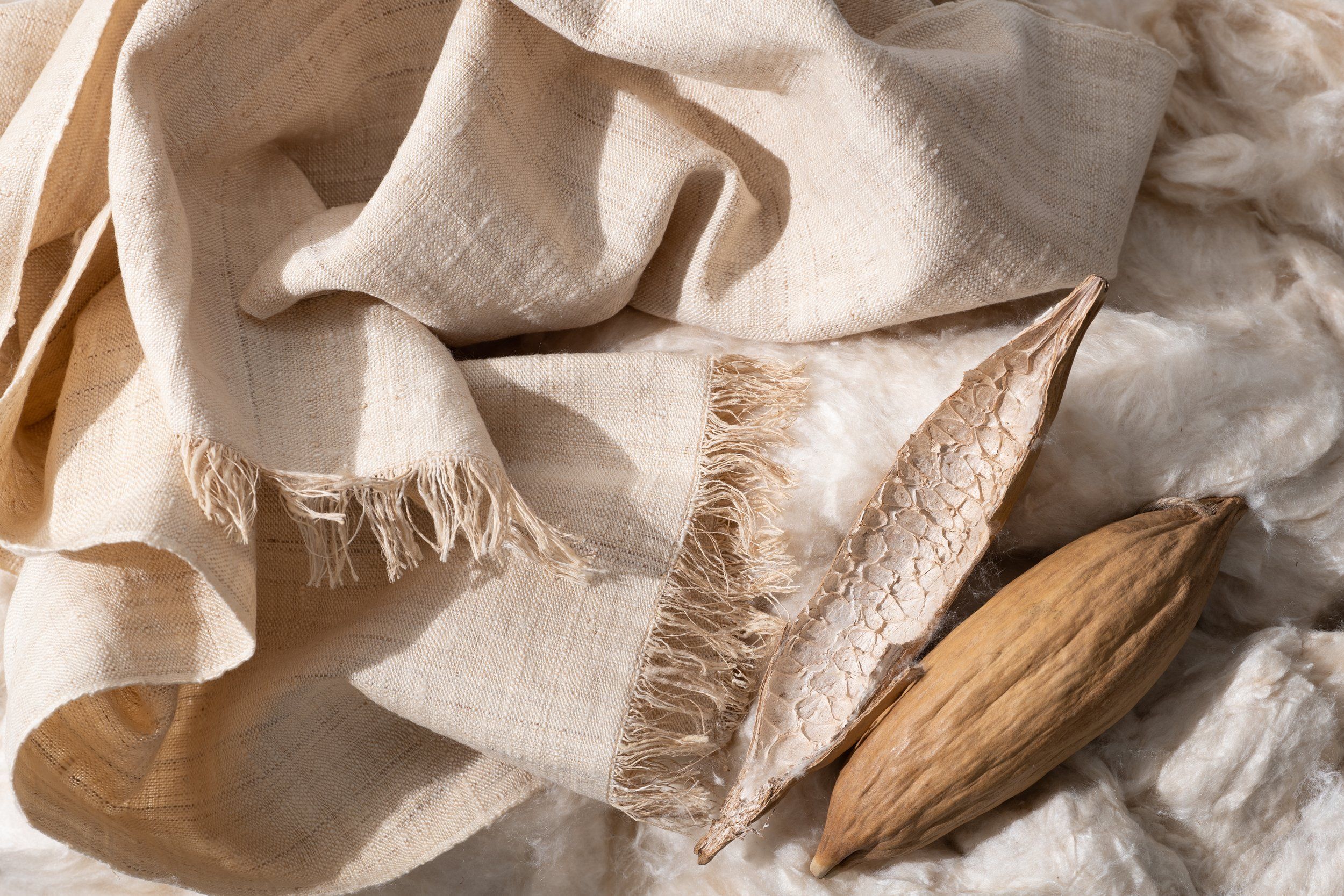
Kapok fibers from the kapok tree’s seed pods are lightweight, buoyant, and used in life jackets, mattresses, and insulation. Kapok’s buoyancy and softness make it valuable for safety and comfort in various products.
Flax fibers, known for linen, are famous for their smoothness, strength, and increasing comfort with each wash. Flax’s qualities contribute to the unique feel and durability of linen. 9
Kenaf fibers, similar to jute, are used in biodegradable products like paper and eco-friendly packaging. Their sustainability and versatility support green product development. 10
Soybean protein fibers are biodegradable, soft, and used as an alternative to synthetic fibers in textiles. These fibers offer an eco-friendly option for sustainable fashion practices. 11
Nettle fibers, historically used for their strength, are gaining popularity for their eco-friendly characteristics. Nettle’s durability and sustainability make it a valuable resource for textiles. 12
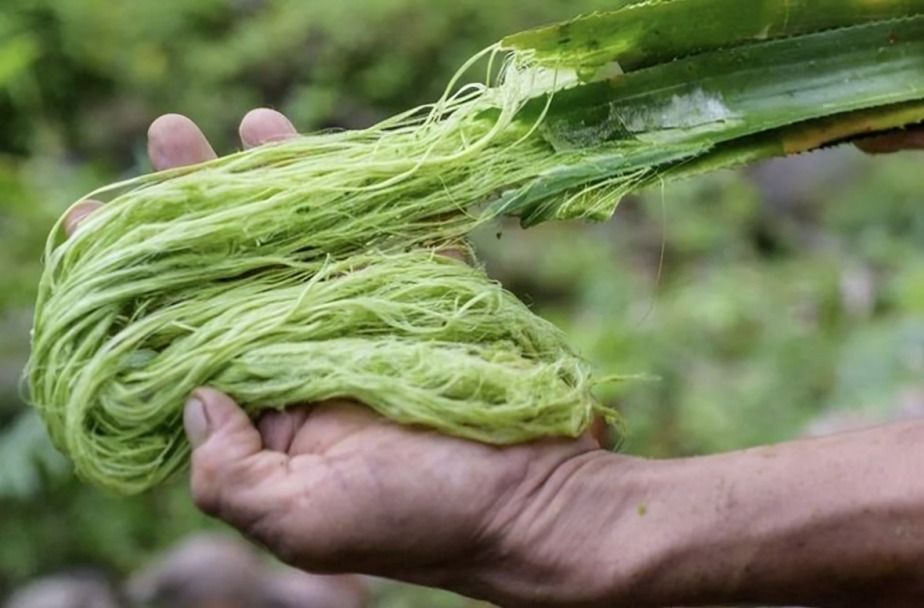
Piña fibers from pineapple leaves are fine and strong, used in traditional textiles like piña cloth for its elegance and durability. Piña’s luxurious appearance makes it highly sought after in fashion.
Raffia fibers from the raffia palm are pliable and strong and used for baskets, hats and decorative items. Raffia’s flexibility and strength make it ideal for various handcrafted items. 13
Corn husk fibers are used to make paper, mats and textiles, offering a sustainable alternative to agricultural waste. Their use supports waste reduction and sustainability in product development. 14
Sugarcane bagasse fibers are biodegradable and used for paper and packaging, supporting sustainable agriculture. Bagasse’s application helps reduce waste and promotes eco-friendly practices. 15
Modal fibers from beech trees are soft, smooth, and breathable, ideal for comfortable, eco-friendly textiles. Modal’s qualities enhance the comfort and quality of apparel and home furnishings. 16


